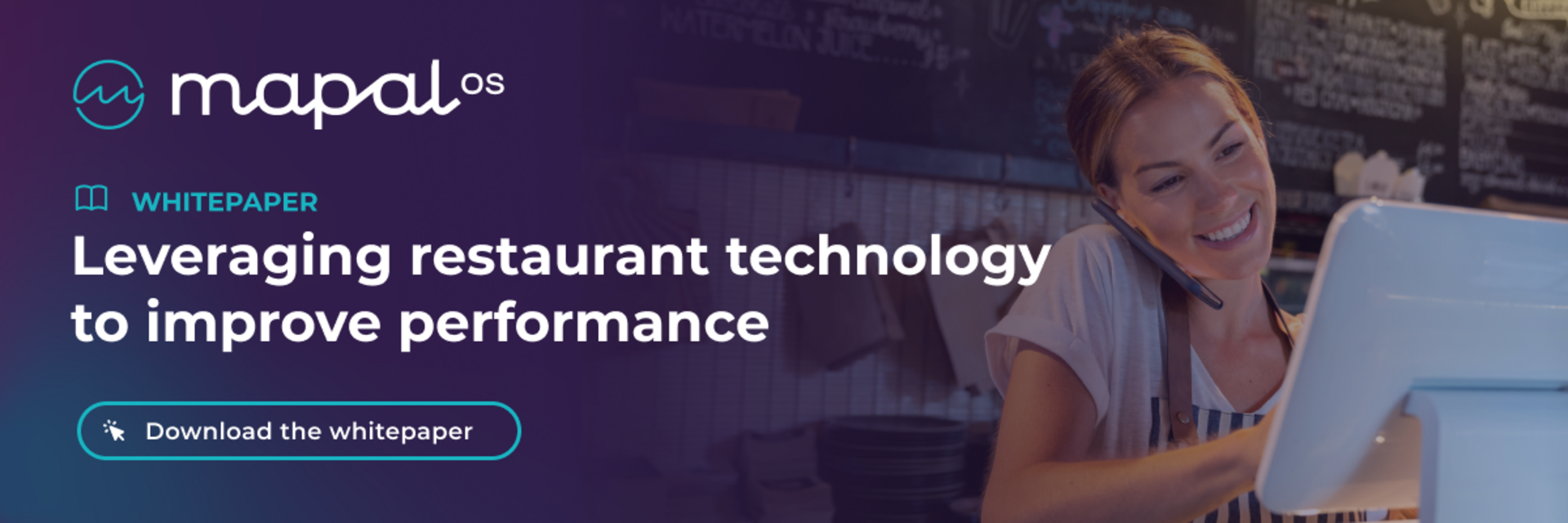Ensure hospitality web advertising and menu descriptions are compliant
Hospitality is all about ensuring our customers have an excellent guest experience. And one common cause of dissatisfaction is misleading information or incorrect menu descriptions.
Very often this isn’t even intentional. Many hotel, café or restaurant businesses change their product offering regularly and are not always aware that descriptions haven’t kept pace. But one thing is clear: misrepresentative or misleading information can lead to prosecution, and in some cases, harm your customers.
Dissatisfied customers express their opinions online for countless others to see, which harms your reputation and could potentially lead to severe fines and even closure.
In this article, part of our recent extensive guide to hospitality compliance, we offer some tips and advice to help you stay compliant with trade description legislation
Trade description legislation for hospitality businesses
In the UK, most businesses are prevented from providing misleading descriptions of their goods and services under the Trade Descriptions Act. Misleading prices, on the other hand, are dealt with under the Consumer Protection Act.
Venues that sell food and drink, however, have a slightly more confusing time as they are also required to comply with a regulatory regime called the Price Marking (Food and Drink on Premises) Order 1979. This applies to businesses such as hotels, restaurant, pubs and cafés.
Where should you display menu descriptions and prices?
The rules vary depending on where you serve your customers. Venues that have outside seating, for example, must display their menus in that external area so that customers are given the chance to decide what they want to buy before ordering.
If you serve your food at a counter, on the other hand, then your menu and prices should be clearly displayed at the counter.
Which food and drink prices do you have to display?
Generally, establishments serving food directly to the public must give prices for all food sold. This could be by individual item or by set meal, depending on how you are selling it.
On the other hand, if you are selling a wide range of food – there are very precise rules as to the minimum of prices you should display. The same applies to drinks, and for pubs, for example, you can see more details about that here.
If you are charging VAT then you also have to include that in the price. Any service charges must also be clearly indicated as a fixed amount or as a percentage of the final bill. Likewise, you must also clearly indicate if you have a minimum cover charge.
How can you ensure that the same standards are applied in all your venues?
When you’re managing multiple venues, it’s crucial that all stores are aware of the regulations and do things in the same way. And this doesn’t only apply to legal obligations: your customers want to see the same consistency of service whichever one of your stores they visit.
The answer is to monitor standards every day to ensure no venue slips through the net and being able to monitor this activity without it taking up too much of the manager’s time. AN ideal scenario, admittedly, but one which is made much more feasible by digitising these processes and making it a much lighter task all round.
Compliance by Mapal is a digital checklist app enabling your teams to quickly perform daily checks on a simple mobile app. Managers and head office can monitor and get an overview compliance levels from a distance, jumping in to resolve any issues as soon as they arise.
With this kind of technology, ensuring restaurant food labelling and menu descriptions are always accurate is much easier, putting your mind at rest and giving your teams the confidence to provide the level of service your brand is known for.
Hotel and restaurant food labelling and descriptions
The name of your dishes and their descriptions should clearly indicate what the meal consists of, under the Food Labelling Regulations 1996.
However, the death of Natasha Ednan-Laperouse as a result of a severe allergic reaction while eating in a restaurant implied the introductions of the The Food Information (Amendment) (England) Regulations 2019 (otherwise known as Natasha’s Law). The result is a legal obligation to clearly indicate whether a dish contains any of the 14 allergens included in the legislation on all pre-packaged food products or dishes prepared on the premises. Flow Learning by Mapal offers an engaging allergen awareness module as part of its extensive library of learning resources to help you ensure all your venues are compliant.
Changes in dietary behaviour and consumer health also now require food service businesses to provide information for other dietary requirements and preference, showing whether dishes are vegan vegetarian, gluten-free, among others. Read more useful tips for complying with restaurant food labelling regulations in relatoin to allergens.
How can you ensure accurate restaurant food labelling and information?
Like most hospitality businesses, your ingredients come from a variety of sources and tracking traceability is a minefield. What’s more, as menus often change, how can you be sure that all your venues use exactly the same ingredients and stick to standard procedures ?
The good news is that technology can be a huge help. Using a food inventory management software will enable you to manage all suppliers, prices and the goods you buy from them and record traceability information in one place.
With Easilys f&b by Mapal, for example, you can record all ingredients and allergen information. You can also create recipe cards for different dietary requirements that record ingredients and exact portion sizes, guaranteeing that all sites are serving the same meals.
Having all of this information at your disposal makes restaurant food labelling and automatic and stress-free process, while also helping you comply with restaurant food labelling regulations.
Are there trade description regulations for hotels?
In the UK, hotels are defined as any establishment which provides sleeping accommodation by way of trade or business).
The law states room rates must be prominently displayed at the point of purchase (whether online or at Reception). Your price list must state the nightly rate for each room type including any service charges – clearly identifying the variations that may occur during the week, month or season. If you’re applying VAT, then it also has to be included or displayed just as prominently as the price.
Likewise, you must clearly state whether any meals included.
Accommodation descriptions are also governed by the Trade Descriptions Act. Descriptions – wherever they appear: whether online, printed or advertisements, they must be accurate. Failure to comply with any of these regulations can result in heavy fines, reputational damage or possible closure.
Training your staff to comply with hospitality advertising regulations
A good training plan is vital to ensure that all teams across your business are aware and comply with regulations. Having said that, training should be updated in line with changing regulations, which can be costly and time-consuming.
Alternatively, you can leave in the hands of digital hospitality training experts like Flow Learning. Flow’s compliance training modules cover everything you need. We can adapt them to suit your needs or help you create your own modules to suit your specific needs with our professional authoring tool.
Your managers can easily choose, assign and monitor training via intuitive and clear dashboards, while your teams can complete learning quickly and at their own pace via our engaging mobile app, Mapal One.
You can find out more about Mapal’s full range of solutions or contact us directly if you have any queries.





